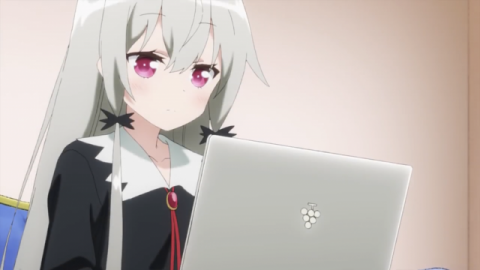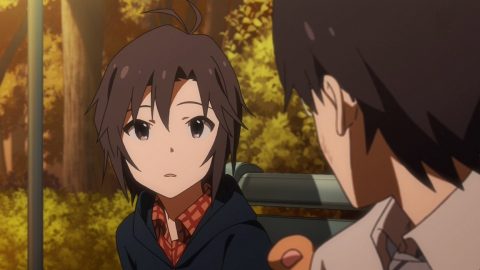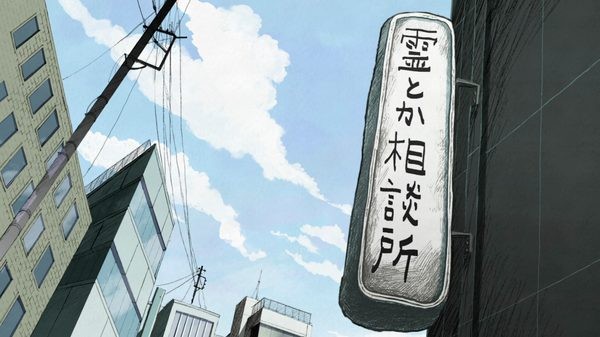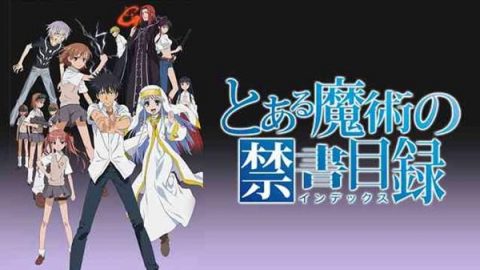While "Urusei Yatsura" continues to enjoy widespread popularity, the original anime series also had its own feature film adaptation. These films feature original stories not found in the original manga, and continue to garner passionate support from fans. The second feature film in the original series, "Urusei Yatsura 2: Beautiful Dreamer," was particularly unsuccessful at the box office, but it left a profound impact on the anime industry and remains one of the most iconic theatrical films of the 1980s. Some say it has even more impact on anime history than the original "Urusei Yatsura," and even today, some fans still associate "Urusei Yatsura 2: Beautiful Dreamer" with "Urusei Yatsura." This article introduces this legendary feature film, "Urusei Yatsura 2: Beautiful Dreamer." It's a masterpiece that will remain in anime history, so be sure to check it out.
Film Summary

This film depicts the school life of Lum and Ataru Moroboshi, but is set in a strange world where the night before the school festival is stuck in an eternal loop, unable to escape. While a slice-of-life anime, the film's distinctive setting of eternally continuing daily life challenges the structure of slice-of-life stories by depicting the eerie feeling of never being able to escape from it.
Eternal Recurrence
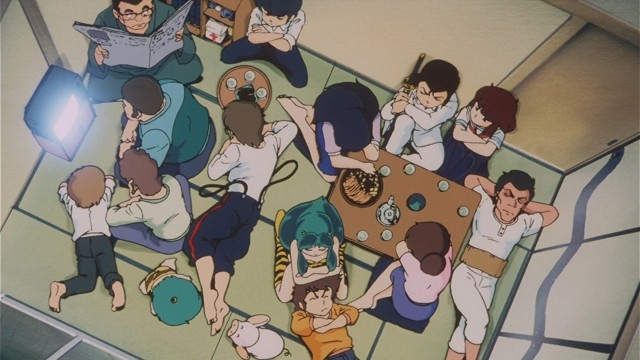
This work explores the concept of eternal recurrence, a phenomenon in which the same events repeat themselves forever and there is no escape. For the characters living within the story, the world is a state in which their ordinary, everyday lives continue forever. The position of the characters in this popular work, which continues forever as content, is depicted in reference to Friedrich Nietzsche's idea of eternal recurrence.
The strangeness of the work

As such, this work is extremely suggestive, and is a stark departure from the traditional "Urusei Yatsura" series, which is based purely on the enjoyment of the characters' tactics. Many fans were reminded of the strangeness of the phenomenon of the eternal repetition of the same everyday life in slice-of-life stories, a genre they normally enjoy purely for its own sake, and were forced to reflect on it.
A Different Urusei Yatsura

Not only is it a simple piece of entertainment, but it also "raises questions about the entertainment value of the work itself," making it significantly different from the rest of the "Urusei Yatsura" series.
The Ultimate Meta-Perspective Animation
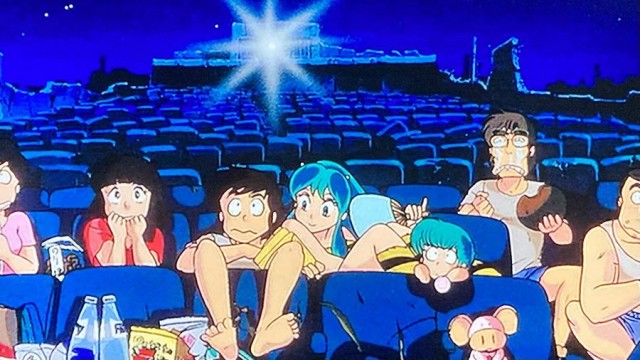
This work can be said to have suddenly appeared as a meta-perspective animation in the 1980s, a time when animations were primarily focused on telling stories and expressing worldviews.
A work that lets you enjoy anime from a bird's-eye view

This is the first work to encourage fans to consider the nature and expression of a work from a somewhat bird's-eye view, rather than simply enjoying it through immersion.
Director Mamoru Oshii's breakthrough work
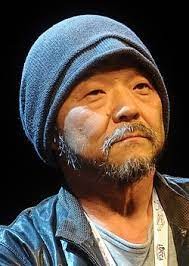
This film had such a strong impact that director Mamoru Oshii was instantly recognized. Many subsequent films by Mamoru Oshii followed, and he would later be recognized alongside other top Japanese animation directors, including Hayao Miyazaki and Hideaki Anno.
Mamoru Oshii and Eternal Recurrence

Director Mamoru Oshii's works consistently center around the theme of eternal recurrence, creating works that occupy a space between animation and the real world. Rather than simply enjoying the story and characters, many of his works are characterized by deep philosophical themes and questions raised about the works themselves, often provoking deep reflection when viewed as adults.
To "Innocence"

Director Mamoru Oshii's attempt to depict eternal recurrence, depicted throughout this work, would eventually come to fruition in the 2004 animated film "Innocence," part of the Ghost in the Shell series. Like this film, "Innocence" also shares the theme of eternal recurrence, but its computer-generated graffiti and the unique otherworldly feel of the original "Ghost in the Shell" perfectly complemented it, drawing enthusiastic reviews.
"Innocence" Highly Acclaimed Overseas

The film has received particularly high praise overseas, being screened in the competition section of the 57th Cannes Film Festival, making it the only Japanese animation film to be nominated in the Cannes competition section.
Evaluation as Art

To sum up Director Oshii's work in one sentence, it can be summed up as "average as an animation work, but first-rate as an art piece." Mamoru Oshii's work is widely accepted overseas, particularly in Europe, where it enjoys enthusiastic support from educated people.
If you're looking for something a little different, try Oshii's works
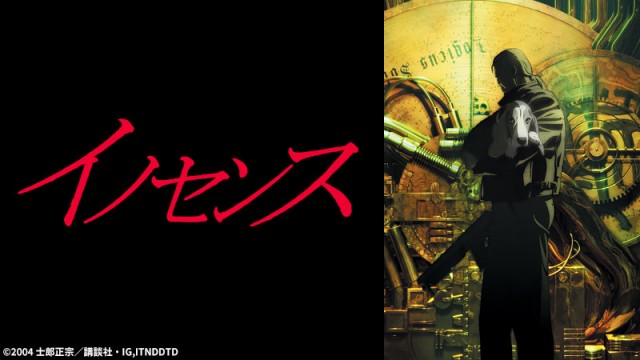
Hayao Miyazaki and Hideaki Anno are two of Japan's most famous anime directors, but if you're looking for an anime director whose works are truly enjoyable for adults, Mamoru Oshii is the best. Oshii's works are created without any compromise for the viewer, and are designed to be enjoyed by children as well. Compared to other animated works, they are overwhelmingly deep and rewarding.
Rumiko's World vs. Oshii's World

On the other hand, this film, "Urusei Yatsura 2: Beautiful Dreamer," is a work with a significantly different style from previous Urusei Yatsura series, and it's true that fans of Rumiko Takahashi's Urusei Yatsura works may find it disappointing.
"It's not my work."

While original author Rumiko Takahashi praised the film, she also stated, "It's not my work," clearly maintaining that it differs from the "Urusei Yatsura" series she aspires to be. "Urusei Yatsura 2: Beautiful Dreamer" is more of a full-blown Oshii world than a Rumiko world.
An Antithesis to Slice-of-Life Stories
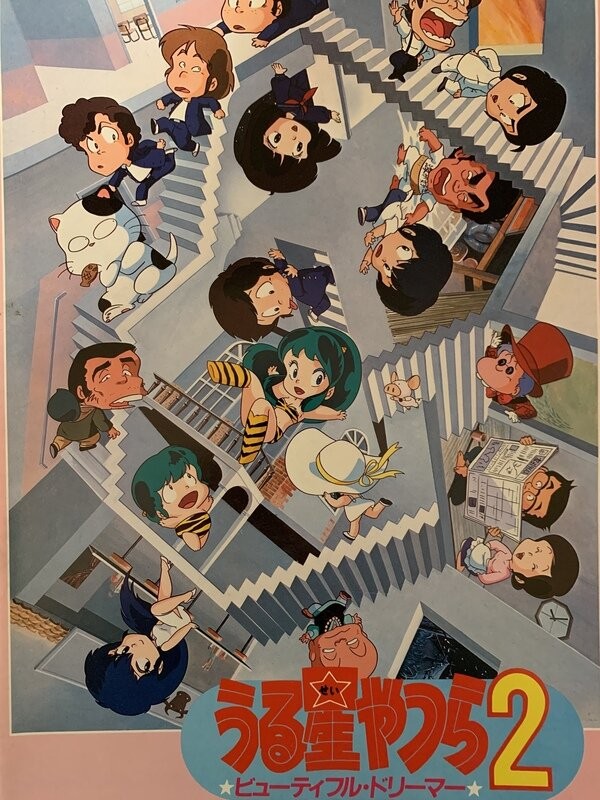
In particular, director Mamoru Oshii's theme of eternal recurrence can be perceived as an antithesis to slice-of-life stories, in which the same routine simply repeats itself. Depending on how it's interpreted, this could be seen as a rejection of the Urusei Yatsura series itself.
Watch it for yourself and see for yourself

Anyway, my opinion is, "It's worth watching, so you should give it a try." This is the first time that director Mamoru Oshii, who specializes in eternal recurrence, has dealt with the subject, and it's also the first time it has been in the spotlight. There's no doubt that this will go down in anime history, so be sure to keep an eye on it.
Influence on Later Works
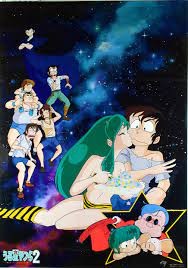
The impact of this work, "Urusei Yatsura 2: Beautiful Dreamer," on future generations is immeasurable. The theme of eternal recurrence depicted in this work raises questions about slice-of-life works, and it remains a theme that cannot be ignored even in slice-of-life works that have been depicted in the past.
To Endless Eight and Infinite Tsukuyomi

The setting of a life desired by people continuing forever and being impossible to escape has been carried over to later works, such as Endless Eight in the Haruhi Suzumiya series and Infinite Tsukuyomi in Naruto. The question of whether the happy everyday parts of an animated work should be wished for eternal happiness, or whether the characters should willfully escape the loop and bring the story to a close, is a concern for all manga artists and viewers.
The Message of this Film

In this film, "Urusei Yatsura 2: Beautiful Dreamer," Ataru Moroboshi, who is constantly repeating his happy daily life, eventually decides to return to the real world, where there are also hardships, and successfully escapes the loop.
Reality and Anime

The idea of an eternally continuing everyday life represents the world of entertainment, such as the anime we watch every day. It can also be interpreted as representing the NEET mentality of "why not just stay cooped up at home and continue enjoying interesting shows for the rest of your life?" From this perspective, the work conveys the message, "Have the courage to escape from the fun-filled world of anime and games and venture out into the harsh real world on your own."
Hatred for Anime

Director Mamoru Oshii has sounded the alarm about overly technologically advanced and immersive animated works, and perhaps he is also concerned about the emergence of highly addictive animated works that simply increase immersion and make it impossible to return to reality.
A Threatening Era of Moe Character-Based, Convenient Romantic Comedies

This film, "Urusei Yatsura," is the polar opposite of the Japanese moe character boom and the opportunistic romantic comedy plots of anime works. It evolves animation as art, and presents an antithesis to modern works through its eternal recurrence.
Summary
What did you think? This time, we introduced "Urusei Yatsura 2: Beautiful Dreamer," the legendary theatrical release of the "Urusei Yatsura" series. This film takes a completely different approach to "Urusei Yatsura" from the new "Urusei Yatsura" series currently airing on TV, making it a film that even fans who have just discovered the series through the new anime series will enjoy. Be sure to check out Beautiful Dreamer after enjoying the new anime series.

